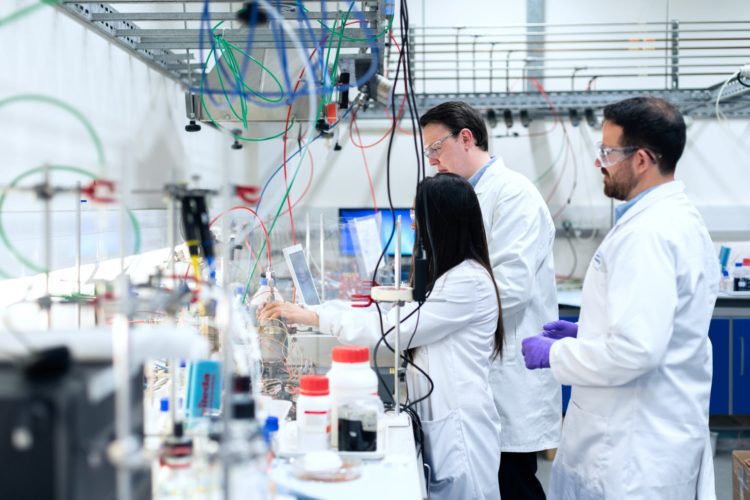Pharma 4.0 concepts are taking hold in pharmaceutical manufacturing. The industry’s unique characteristics are driving investments in digital transformation by pharmaceutical manufacturers. ABI Research forecasts that overall, digital factory revenue will top US$4.5 billion in 2030 with spending by pharmaceutical manufacturers on data analytics forecast to grow by a 27% CAGR and be worth US$1.2 billion in 2030, as manufacturers look to track, optimize their operations, and boost productivity.
While regulators encourage, rather than stifle, innovation, the industry’s competitive dynamics require pharmaceutical firms to optimize production lines to maximize yield for the time a drug is subject to patent protection.
Contract manufacturers look to digital technologies to enable them to support clients simultaneously. After patents expire, generics manufacturers need to produce as many products as possible. The utilization of data analytics will support each type of manufacturer’s efforts to increase yield.
Moving from manufacturing drugs and vaccines in batches to optimizing the manufacturing process with continuous manufacturing will be critical to increasing yields.
“But the active pharmaceutical ingredients are susceptible to changes in their immediate environment. The batch must be scrapped if the condition of the ingredients or formulation fall outside accepted parameters. Manufacturers will need to invest in analytics to help develop digital twins of their operations so that they can prepare their production lines for continuous manufacturing,” said Michael Larner, industrial and manufacturing principal analyst at ABI Research.
Another digitization focus for pharmaceutical firms is to remove paper from their operations. “Collecting and storing data via paper-based processes risks reducing productivity and increases the likelihood that errors happen on the production line due to administrative errors,” pointed out Larner.
FDA 21 CFR Part 11 is one way the FDA is encouraging the adoption of digital technologies by publishing the criteria for submitting electronic records to the organization and the treatment of electronic signatures.
The prevalence of paper illustrates the progress yet to be made by pharmaceutical firms regarding digital transformation. ABI Research has a five-stage digital maturity model outlining the progress made and steps required by manufacturers to optimize their operations.
Larner explained that “Currently, pharmaceutical manufacturers are at Stage 2 in that they have modern factory but lack foresight and struggle to adjust production or Stage 3 where they have started to implement digital transformation but lack expertise reconfiguring production lines. In the coming decade, many firms will upgrade their existing facilities or build greenfield sites, and their operations will be digitally transformed (Stage 4) or operate without humans on-site (Stage 5 - lights out manufacturing).”
A notable example of advanced manufacturing facilities is Sanofi’s digitally-enabled, continuous manufacturing facility in Framingham, Massachusetts where all processes are paperless with plant operators using digital collaboration tools, data analytics, and Augmented Reality (AR) solutions so they can make decisions and adjustments in real-time.
There is a myriad of suppliers helping the pharma industry to digitize and optimize processes. Appian, COPA-DATA, Metastorm, and Metronik, and Neo PLM are among suppliers helping pharma manufacturers move from the pre-digital stage (Stage 1) to connecting their plants (Stage 3). Emerson, Falkonry, Siemens, and Seeq provide solutions that support the production of drugs and medicines from Stage 3, the connected plant, to being predictive (Stage 4) and eventually adaptive (Stage 5).





